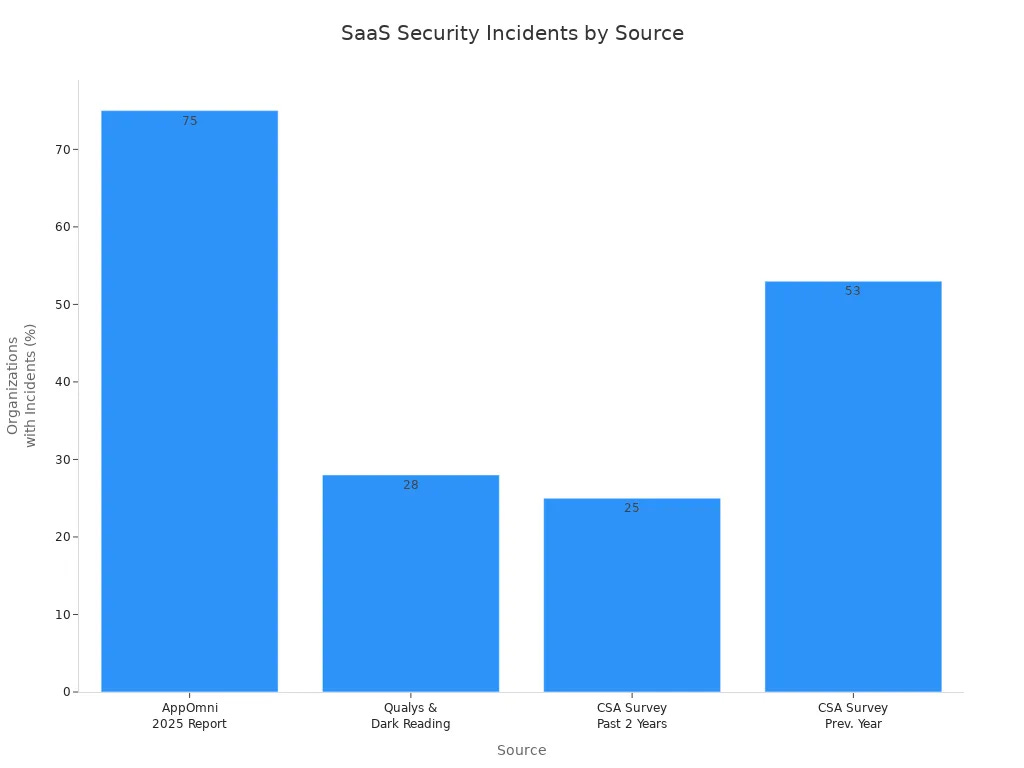What Makes Microsoft Defender for Cloud Apps Essential for SaaS Protection
Microsoft Defender for Cloud Apps is very important for SaaS protection. It helps with real and common threats that groups face every day. Recent studies say 75% of groups had a SaaS security problem last year. This is a big jump from past years.
SaaS environments have special problems. These include permission troubles, wrong settings, and apps that no …


